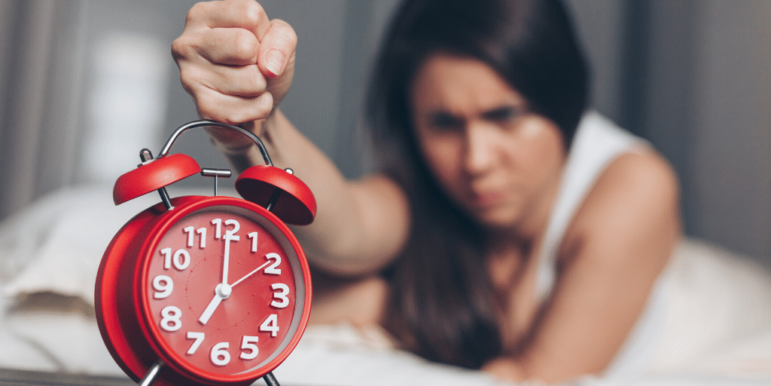An obvious way to reduce preventable harm in the hospital is to warn clinicians about harmful events before they happen. But the prevalence of alarms in the hospital, from medical equipment and electronic health records (EHRs), is creating unintended consequences for clinician and patient well-being.
Bed alarms, alarms built into hospital beds, are intended to prevent falls in the hospital. These alarms will beep when the patient attempts to get out of bed, so that a nurse can help them walk without them falling. However, as Melissa Bailey wrote recently in Kaiser Health News, the alarms do not actually reduce fall rates. Part of the problem is that nurses may not get to the bed in time to prevent a fall when they hear the alarm. But another issue is that the alarms are triggered unnecessarily so often (an estimated 85-99% of alarms do not require clinical intervention) that over time, clinicians simply tune them out.
This “alert fatigue” goes beyond bed alarms; it is also prevalent in EHR alerts. As use of EHRs have grown, pop-up alerts in EHRs have become ubiquitous. Doctors receive warnings and prompts for everything from potential drug interactions to billing queries. Clinicians must either go down a rabbit hole of clicking while other priorities take a back seat, or they disregard the alerts. Often clinicians choose the latter– in one large hospital system, a study found that 95% of drug-drug alerts were overridden. This can lead to patient safety issues such as adverse drug events; despite frequent EHR alerts, patients who experience an adverse drug event are often put back on the drug that caused the event after they are discharged from the hospital.
Too many alarms not only threatens patient safety because of alert fatigue, they inherently harm clinician and patient well being. The prevalence of EHR alerts distracts clinicians, breaks their rhythm, and increases the number of clicks it takes to perform basic tasks in the EHR. As Dr. Vikas Saini and colleagues wrote in WBUR, over time this becomes “death by 1000 clicks:
“Want to order a simple test? That requires getting through multiple prompts. Need to write a prescription — an exercise that used to take less than 15 seconds? Another set of clicks.”
Bed alarms too harm patients, because they make it difficult to sleep and restrict their mobility. Being bedridden for too long can lead to blood clots and muscle atrophy. In a JAMA Teachable Moment article, a patient described feeling like she was “in jail” because she couldn’t sit up or go to the bathroom without her bed alarm going off. And that patient was far from the only one who felt the same, said one of the authors Dr. Stephanie Cull, now Fellow Physician at Rush University Medical Center, in an interview with the Lown Institute:
“I can think of three other patients off the top of my head who felt the same about the alarms,” said Cull. “I saw one patient doing pushups on top of his bed because he wanted to exercise but couldn’t leave his bed.”
The more Cull looked into bed alarms, the more she was convinced that the problem was systemic. “The checklist [for determining the need for a bed alarm] is arbitrary. Whether or not you get an alarm is based on how many medical conditions on the Morse Fall Scale you have, but most of the conditions aren’t even related to falling,” said Cull. However, since in-hospital falls are labeled a “Never Event,” hospitals do not get reimbursed for additional costs associated with in-hospital falls. This puts a lot of pressure on hospitals to adhere to the guidelines and affix many beds with alarms, even though they have not been proven to prevent falls.
There is no easy answer to the problem of alarm-happy hospitals. It will take broad changes to make EHRs more user-friendly and create new evidence-based guidelines to prevent in-hospital falls. In the meantime, some hospitals have reduced their use of bed alarms at night or converted sounds to visual alerts. Other health care institutions are removing “stupid stuff” from EHRs to lessen the administrative burden on clinicians. Hopefully, these changes will help reduce the harm from excessive alarms on patients and clinicians.
